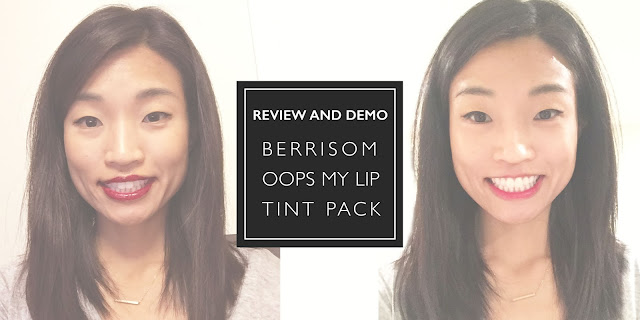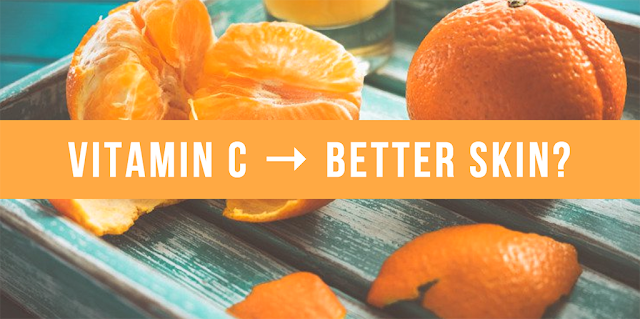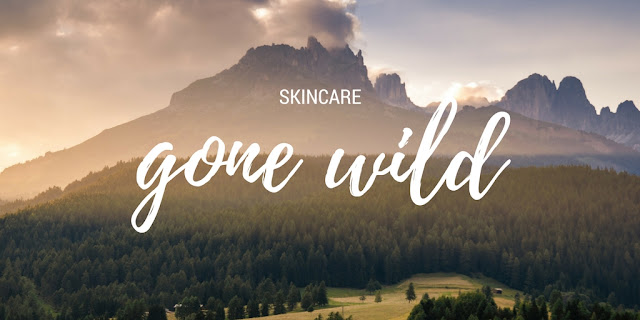Greetings from the Philippines! I'm currently in Manila after spending a week on the island of Palawan. If you ever visit Palawan, definitely check out Nacpan Beach: with feathery soft sand and fluorescent blue water, it's a beach lover's paradise. The water is warm and perfect for swimming (this was especially nice because I'm used to freezing water at beaches in Northern California). They also sell fresh bukos (young coconuts) on the shore—and nothing says "vacation" like sipping juice straight out of a coconut on the beach.
These photos don't do Nacpan Beach justice - it's even more spectacular in person. I loved swimmming and drinking buko (young coconut) juice on the shore.
In addition to gorgeous beaches, Palawan (like most tropical destinations) has a lot to offer on the activities front: snorkeling, ziplining, hiking, scuba-diving, kayaking. Whether you're beach-bumming or going on active excursions, you don't want a sunburn, breakout, or other annoying skin issue to slow you down. Here are 4 easy ways to keep your skin healthy and radiant so you can enjoy your tropical getaway to the fullest.
1) Protect your skin from the sun
Sun protection should be a priority whether you're on vacation or not. But it's especially important when you're in the tropics, where UV rays are more intense. To protect your skin, apply waterproof sunscreen every morning all over your face and body, reapply every 2 hours (my husband didn't reapply when we were island hopping in Palawan and ended up with a raging red sunburn all over his back), and wear a wide-brimmed hat and sunglasses whenever you're on dry land.
For my face, I love MD Crème Mineral Beauty Balm Broad Spectrum SPF 50 Sunscreen, and I've been slathering Coppertone Sport Sunscreen Lotion SPF 50 on my body every day. So far, no sunburns!
If you do end up with a sunburn, apply aloe vera gel before bedtime (I use Banana Boat's Aloe Vera Gel) to cool down the burn and speed up the healing process.
On the left: Brought my handy-dandy camping hat with me to the beach.
On the right: The sun shines so bright in Palawan, it's hard to find a photo of us *not* wearing sunglasses.
On the right: The sun shines so bright in Palawan, it's hard to find a photo of us *not* wearing sunglasses.
2) Keep bugs away
Mosquitoes and other pests love the tropics as much as humans do. Keep them away by layering bug repellant (I like Off's Unscented Insect Repellant) over your sunscreen. You can also wear these citronella wristbands for extra protection, but to be safe, I'd recommend using them in addition to the traditional repellant (not as a replacement); also note they have a strong, noticeable citronella scent. Warding off mosquitoes is especially critical now because Zika is a very real threat in most tropical areas, including the Philippines.
3) Wear water shoes
I was horribly unprepared for the sharp underwater rocks en route to some of the beaches, snorkeling areas, and waterfalls we visited. Because tropical excursions often require you to step in and out of water, I highly recommend bringing a pair of rubber-soled water shoes that will protect your feet and dry quickly, not weighing you down in case you need to swim (I've linked a highly-reviewed pair of water shoes I found on Amazon that I'll bring on my next snorkeling trip). Flip-flops are prone to slipping off and don't protect the tops or sides of your feet, and tennis shoes retain too much water and take forever to dry.
In case you do get cuts on the bottoms of your feet as I did, clean out the wound with cool soap and water, apply an antibiotic ointment like Neosporin, and patch it up with a 2nd Skin bandage, which is super waterproof yet sheer. It's held onto my foot so far through a handful of snorkeling and swimming excursions.
On the left: We hiked to Nagkalit-kalit Falls wearing flip flops, which was a bad idea because we had to step through rivers where there were sharp rocks.
On the right: Gorgeous lagoon also full of sharp underwater rocks. Will definitely bring water shoes next time!
On the right: Gorgeous lagoon also full of sharp underwater rocks. Will definitely bring water shoes next time!
4) Maintain your skincare regimen
Even though I'm thousands of miles away from home, I'm still following the lazy girl skincare regimen to keep my acne and wrinkles at bay. The climate here is more humid than it is in San Francisco, but I moisturize twice a day nonetheless (otherwise the Retin-A will make my skin flaky).
A few weeks before I left for my vacation, I also started taking 50 mg of dermatologist-prescribed spironolactone daily to reduce oiliness and acne, which was starting to get out of hand especially around that time of the month. The spironolactone has helped my skin a ton, but it's not without its side effects. I'll be writing about my experience with spironolactone in a future post.
We're off to Taiwan tomorrow, where I plan to stockpile my favorite Asian skincare products and stuff my face with noodles. Stay tuned for updates 😃































